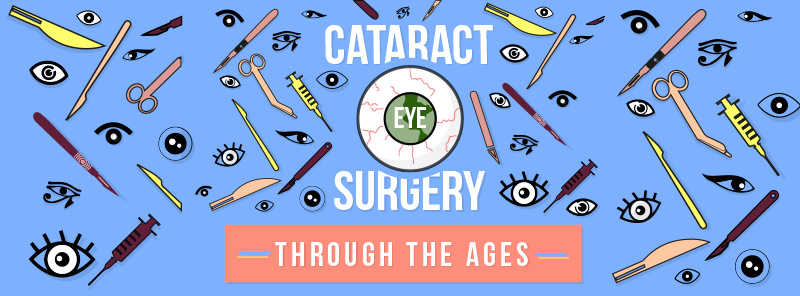Explore The Multitude Of Reasons Behind Dry Eye Disorder, Disclosing The Intricacies Of This Extensive Condition Together With Actionable
Explore The Multitude Of Reasons Behind Dry Eye Disorder, Disclosing The Intricacies Of This Extensive Condition Together With Actionable
Blog Article
Material Author-Fox Wynn
If you've ever experienced the discomfort of dry eyes, you could be wondering what factors go to play. From age-related adjustments to environmental triggers and way of life routines, the sources of dry eye disorder can be complicated and complex. By deciphering the intricate internet of influences that add to this problem, you'll gain a much deeper understanding of exactly how to deal with and potentially reduce its signs. Stay tuned to discover the intricate interaction in between various elements that can cause dry eye disorder and find methods to proactively handle this usual ocular concern.
Factors Affecting Dry Eye Growth
Dry eye disorder can be affected by different elements that contribute to its development. One substantial element is age. As you get older, your eyes might create less rips or rips of minimal quality, resulting in dryness.
Particular medical conditions like diabetic issues, thyroid disorders, and autoimmune diseases can also impact tear production and top quality, worsening completely dry eye symptoms. Hormonal adjustments, specifically in females during menopause, can contribute to completely dry eyes as well.
Additionally, medicines such as antihistamines, decongestants, and antidepressants can lower tear manufacturing and create dryness. Ecological aspects like smoke, wind, and dry air can aggravate the eyes and get worse completely dry eye symptoms.
Furthermore, prolonged display time and digital device use can lead to decreased blinking, causing poor tear distribution throughout the eyes. Comprehending these elements can aid you identify potential triggers for your completely dry eye signs and take proactive steps to manage and reduce them.
Environmental Triggers and Dry Eye
Exposure to numerous environmental aspects can significantly influence the development and exacerbation of dry eye signs and symptoms. Pollutants like dust, smoke, and air contamination can aggravate the eyes, causing raised tear evaporation and dryness.
Climate problems such as reduced moisture degrees, high temperatures, and windy weather can additionally add to moisture loss from the eyes, causing pain and completely dry eye symptoms. In addition, investing prolonged durations in cool or heated environments can lower air moisture, further intensifying dry eye.
Long term use of electronic displays, typical in today's technology-driven world, can also stress the eyes and decrease blink rates, resulting in insufficient tear production and completely dry eye issues. To minimize the influence of environmental triggers on dry eye, take into consideration using a humidifier, taking breaks from display time, putting on safety glasses in gusty problems, and utilizing fabricated rips or lubricating eye drops as required.
Bearing in mind these environmental factors can aid handle and protect against dry eye signs efficiently.
Way Of Living Habits Impacting Eye Wetness
Just how do your day-to-day practices influence the moisture levels in your eyes? Your lifestyle plays a considerable role in establishing the health and wellness of your eyes.
For example, not consuming enough water can bring about dehydration, causing your eyes to end up being dry and inflamed.
Furthermore, spending extended durations staring at displays can decrease your blink rate, bring about enhanced tear evaporation and dryness.
Cigarette smoking is one more lifestyle routine that can aggravate completely dry eye signs and symptoms, as it can irritate the eyes and contribute to tear movie instability.
Furthermore, taking in extreme amounts of high levels of caffeine or alcohol can dehydrate your body, including your eyes, making them more susceptible to dryness.
Absence of sleep can also influence eye wetness levels, as appropriate remainder is crucial for tear production and general eye wellness.
Conclusion
In conclusion, understanding the numerous factors that add to dry eye syndrome is crucial to handling and preventing this usual eye problem. By recognizing will i be awake during cataract surgery -related changes, clinical conditions, ecological triggers, and way of living practices that can affect eye dampness, newbies can take positive steps to relieve dry eye signs and symptoms. Remember to remain hydrated, take https://www.openpr.com/news/2418701/refractive-surgery-devices-market-trends-research-report from screens, and talk to a health care professional for personalized recommendations on taking care of completely dry eyes.
